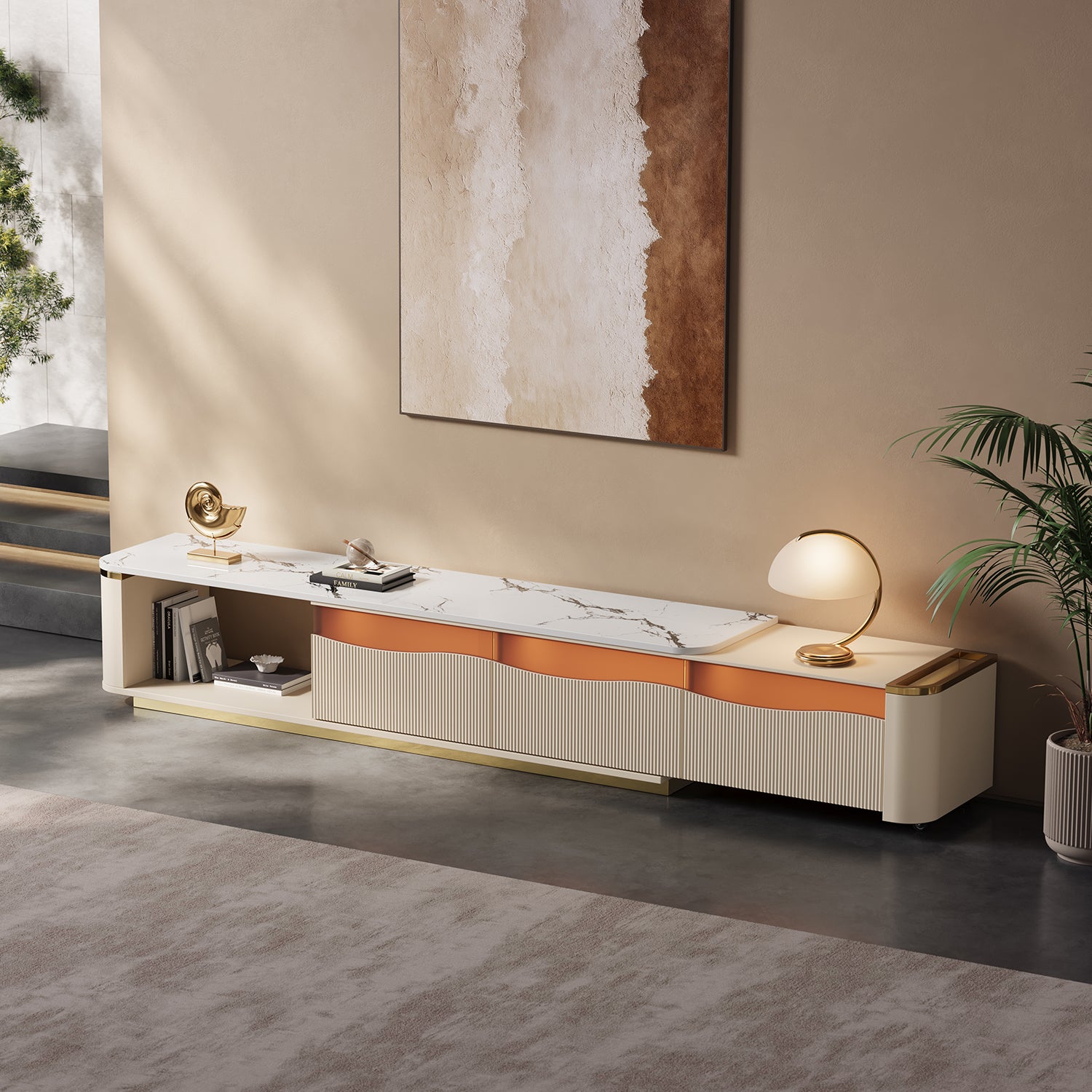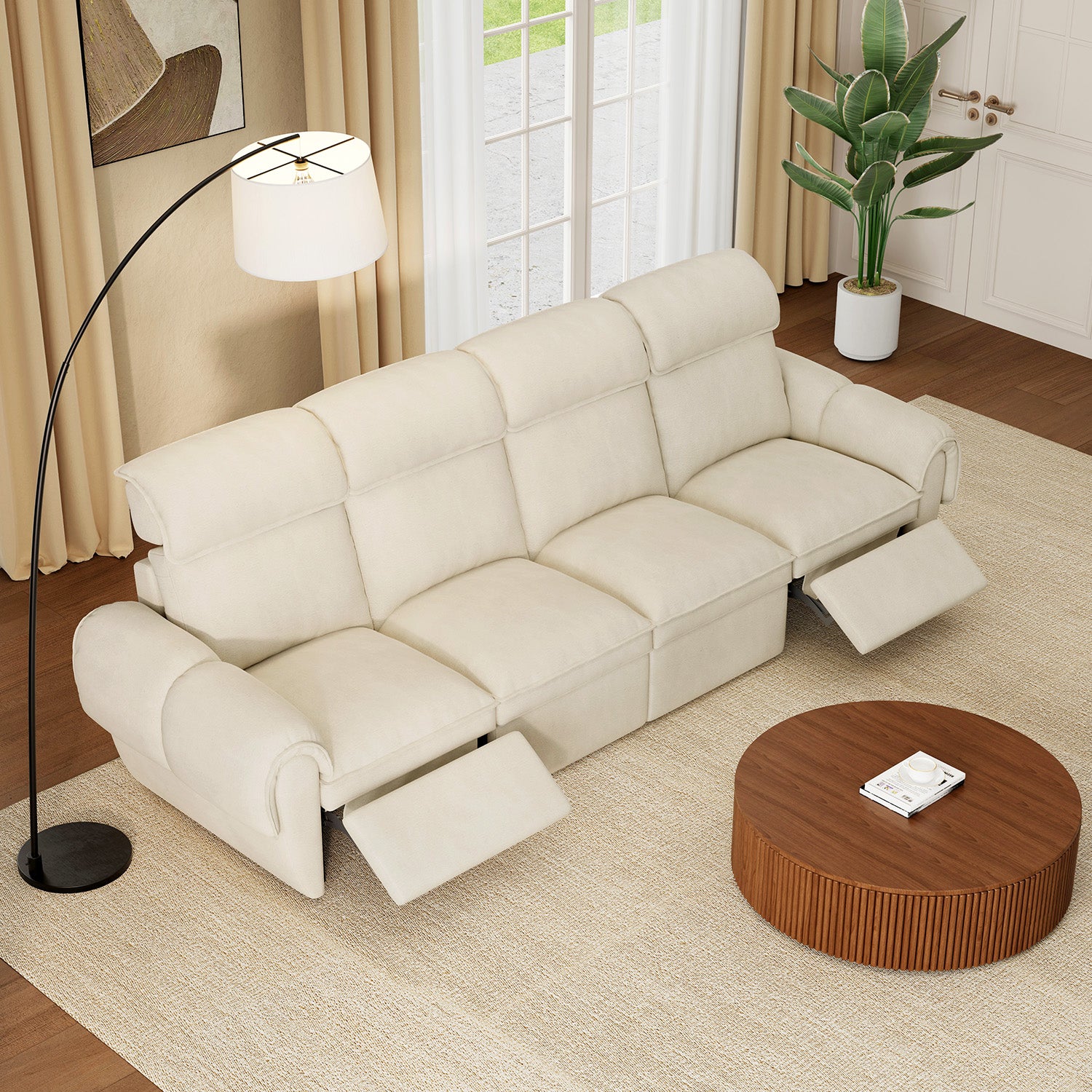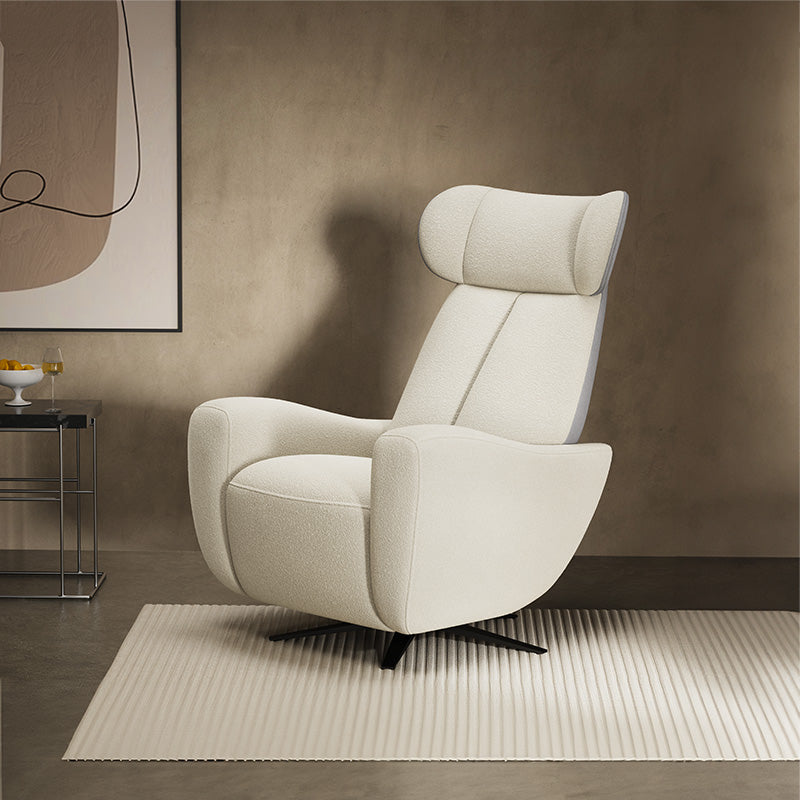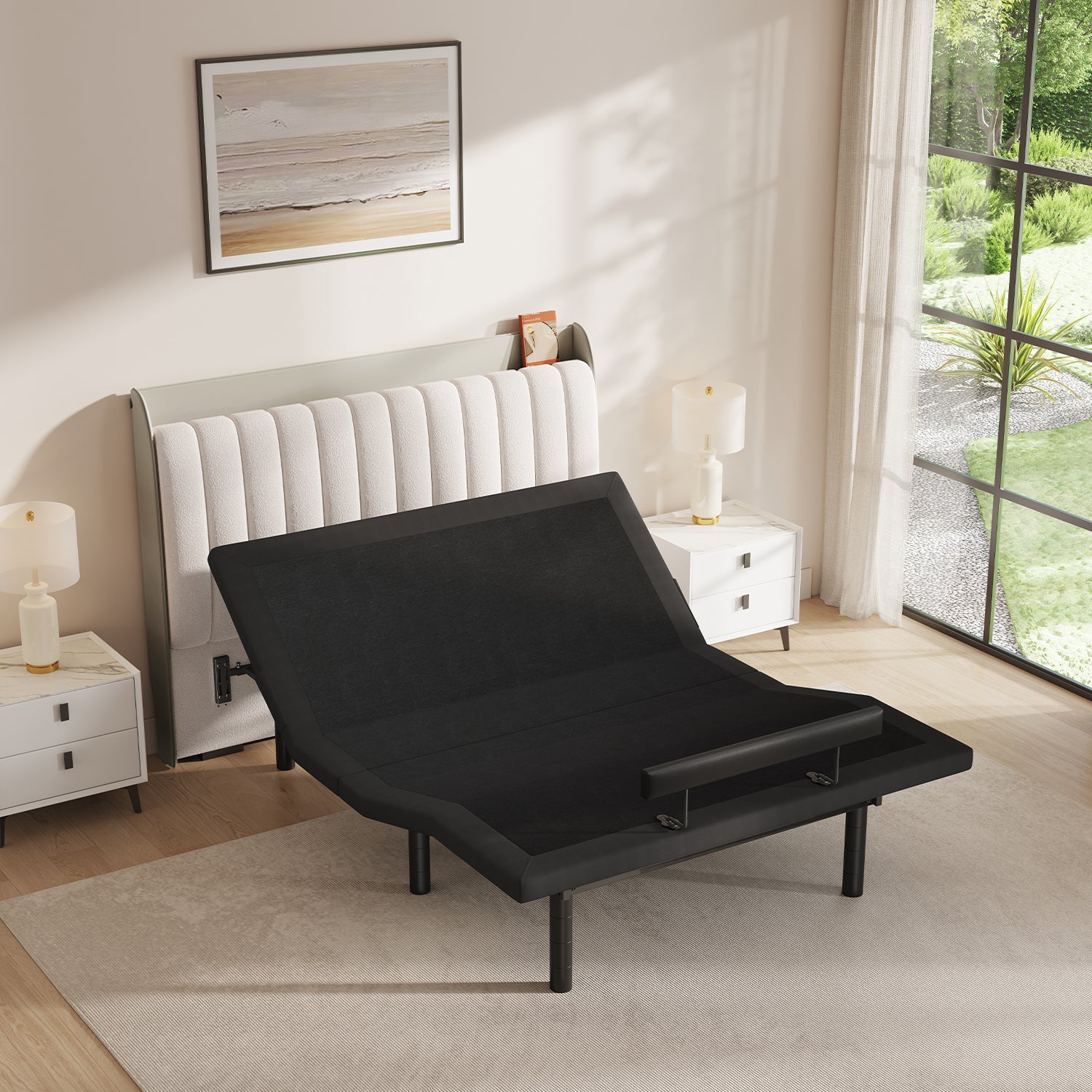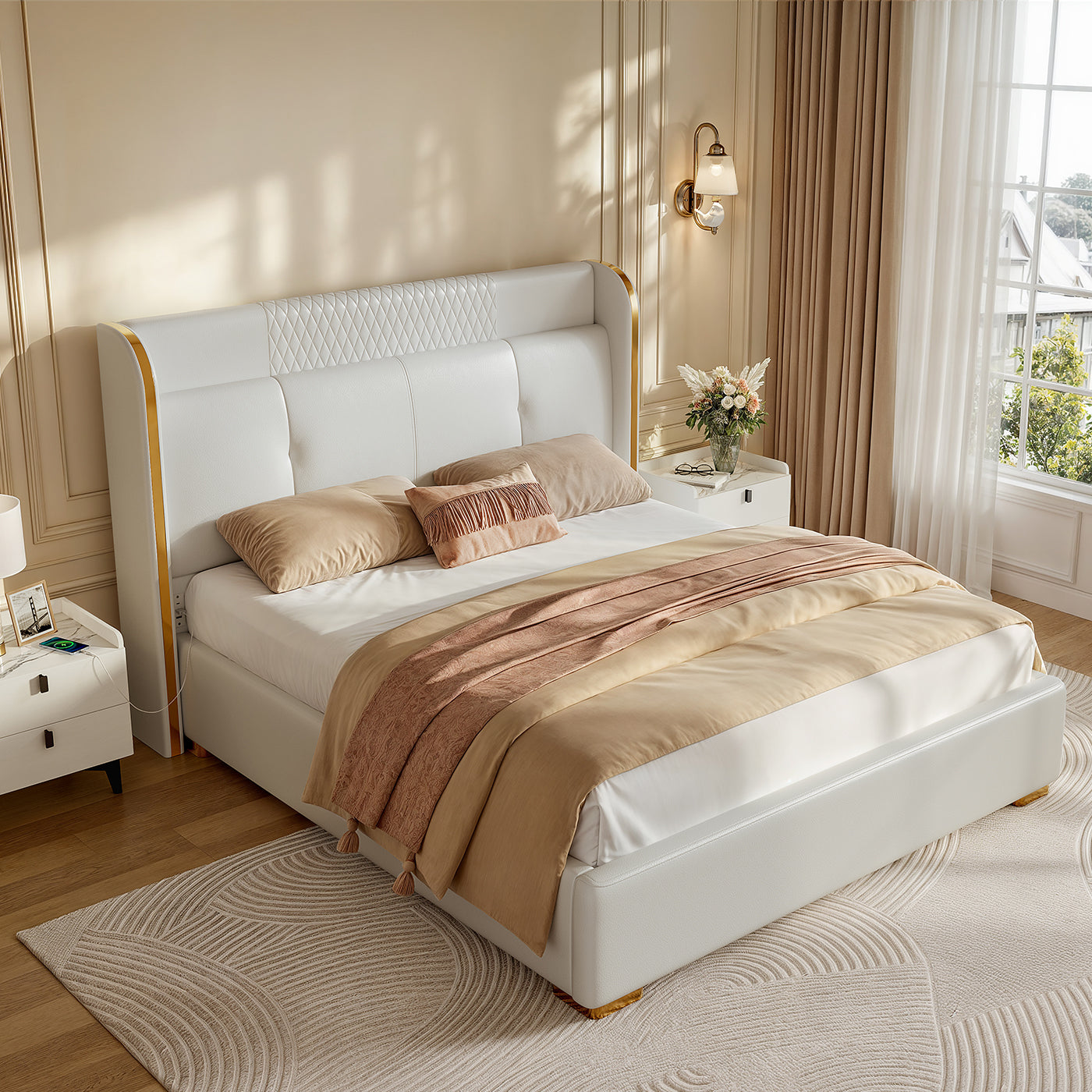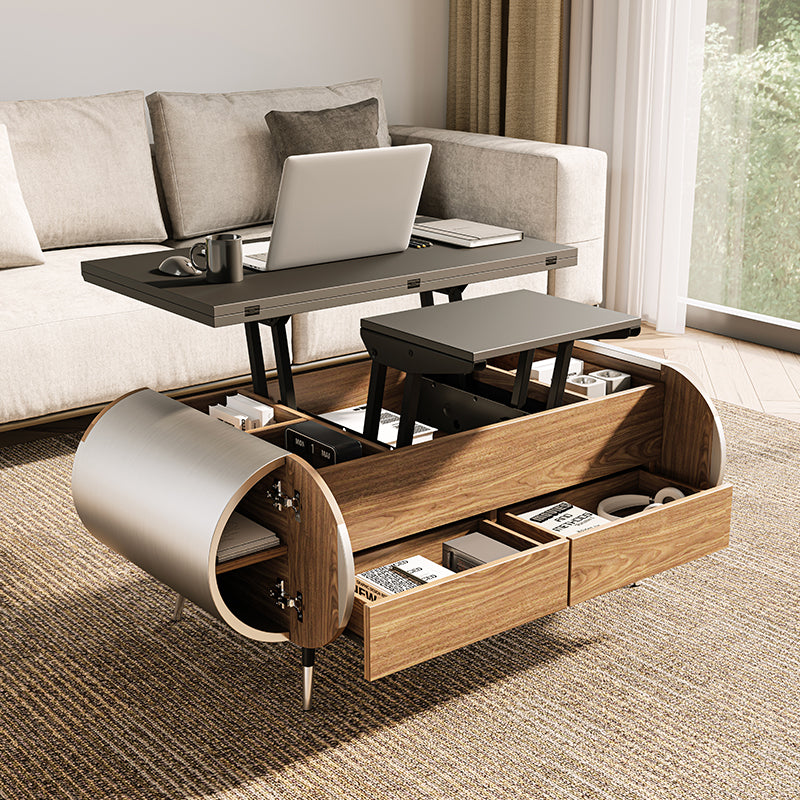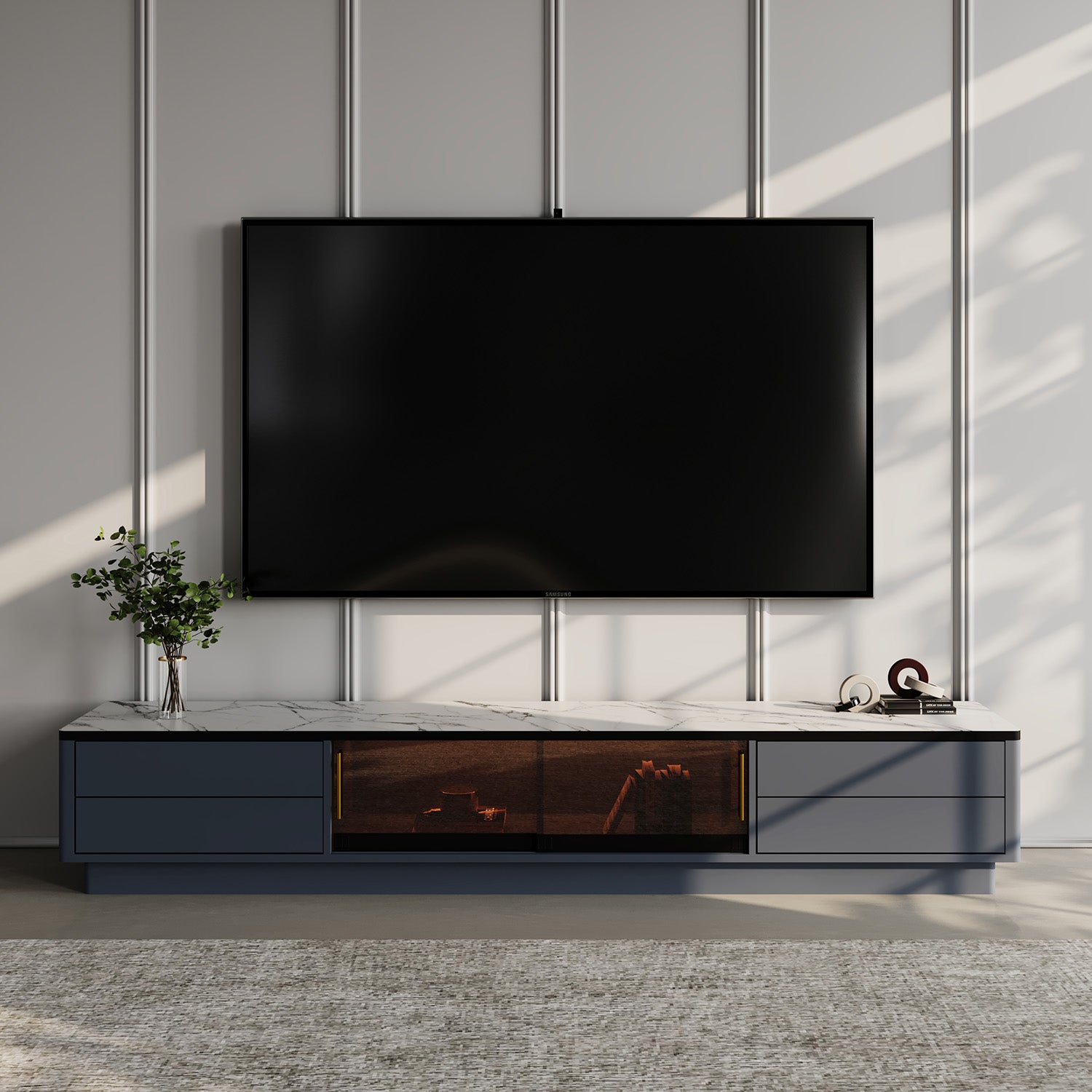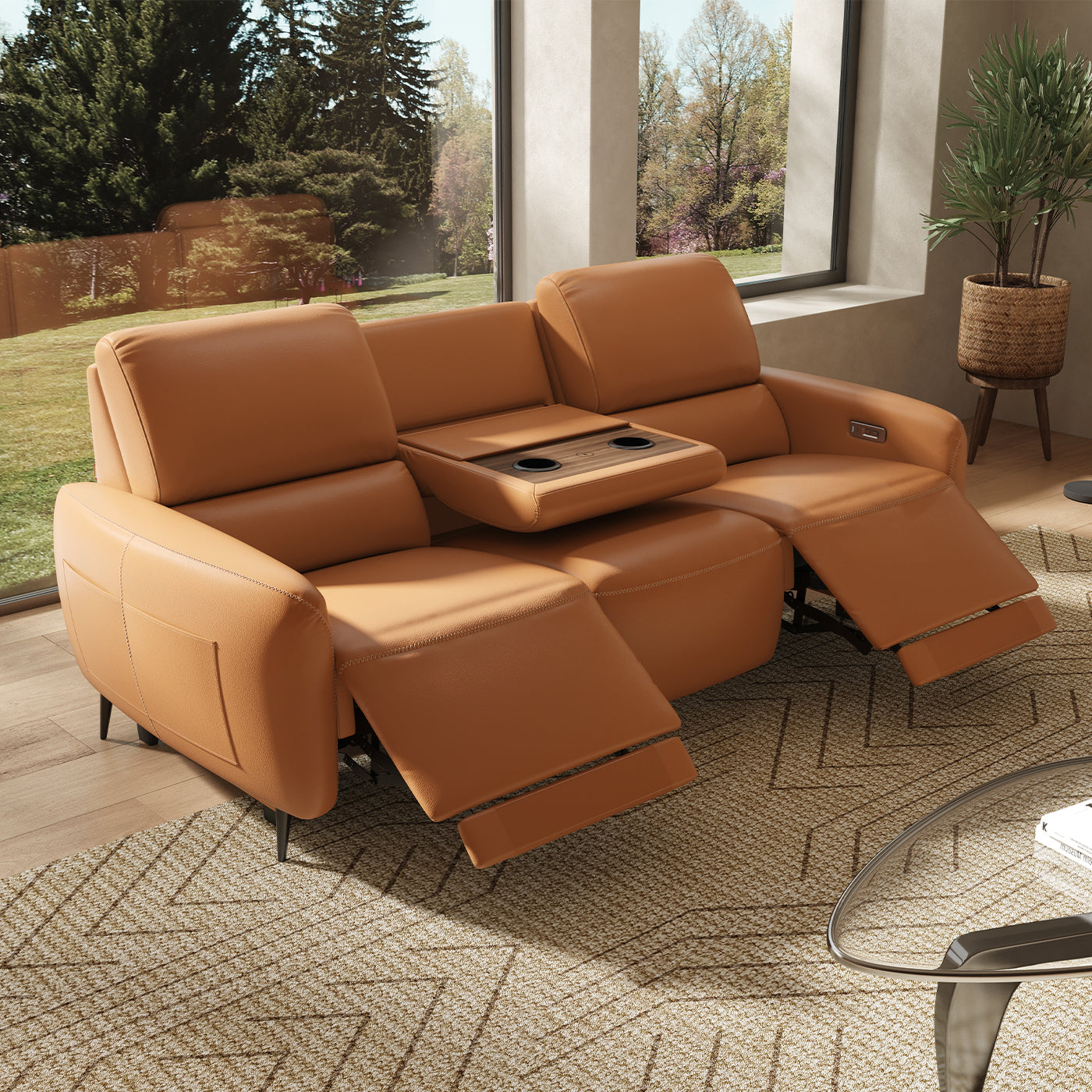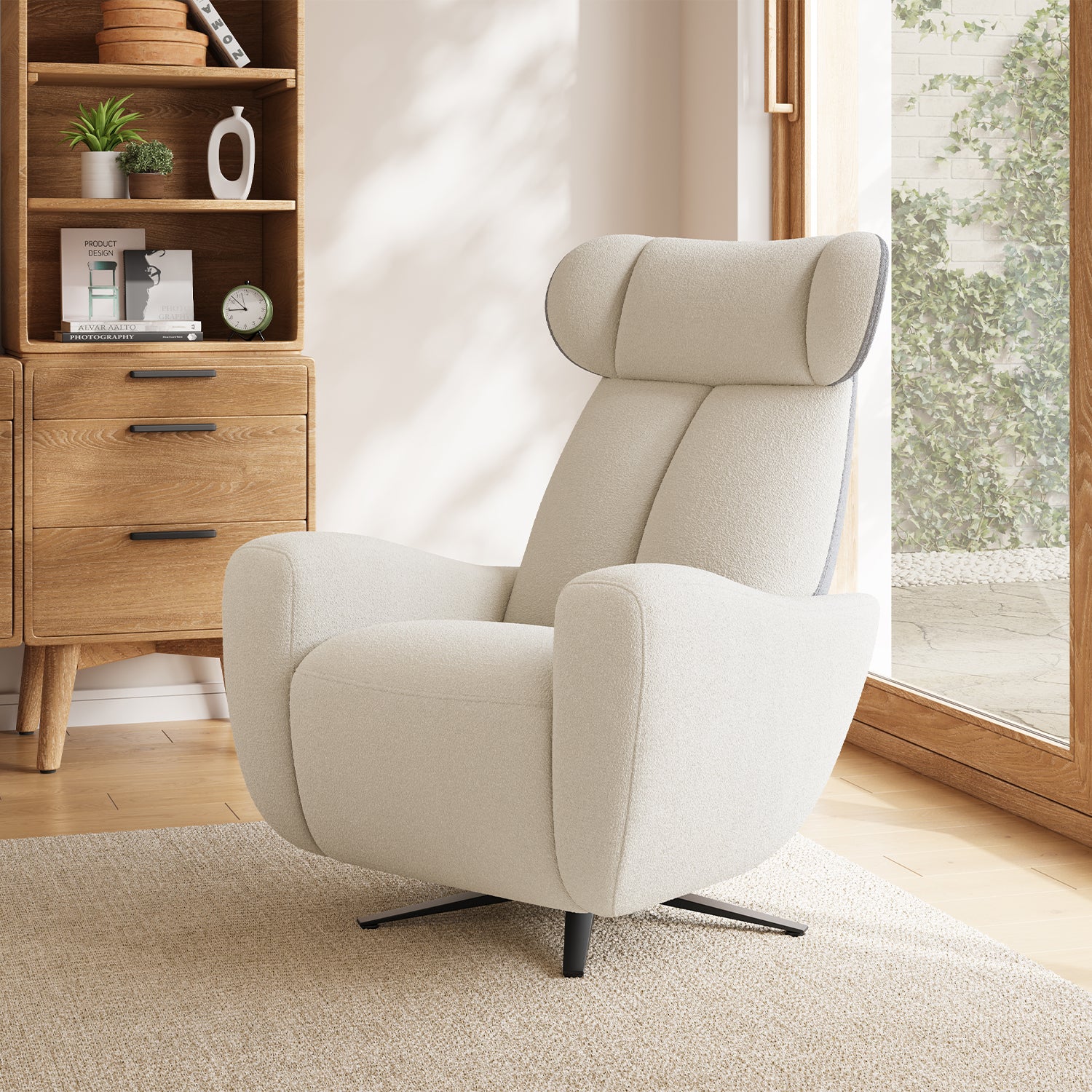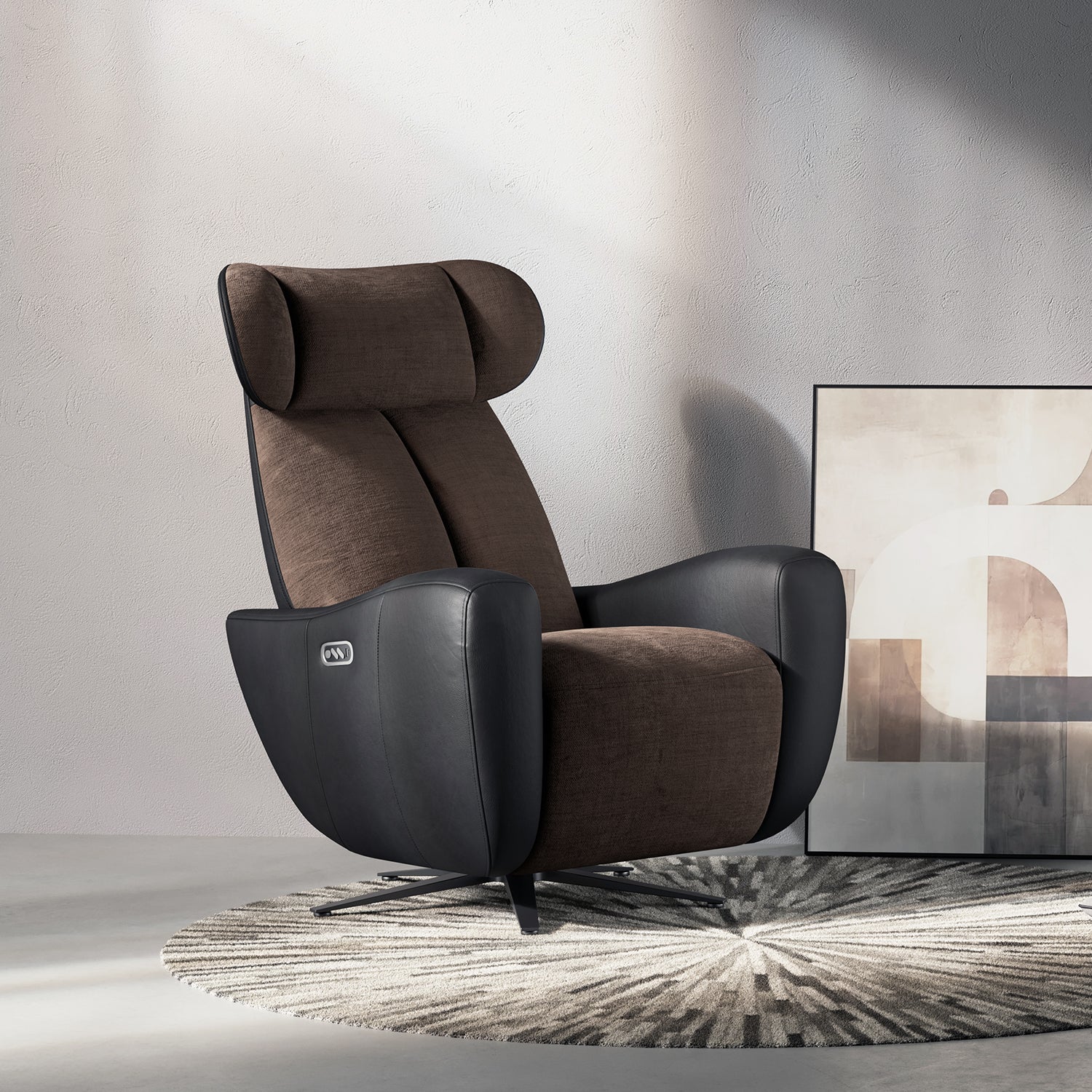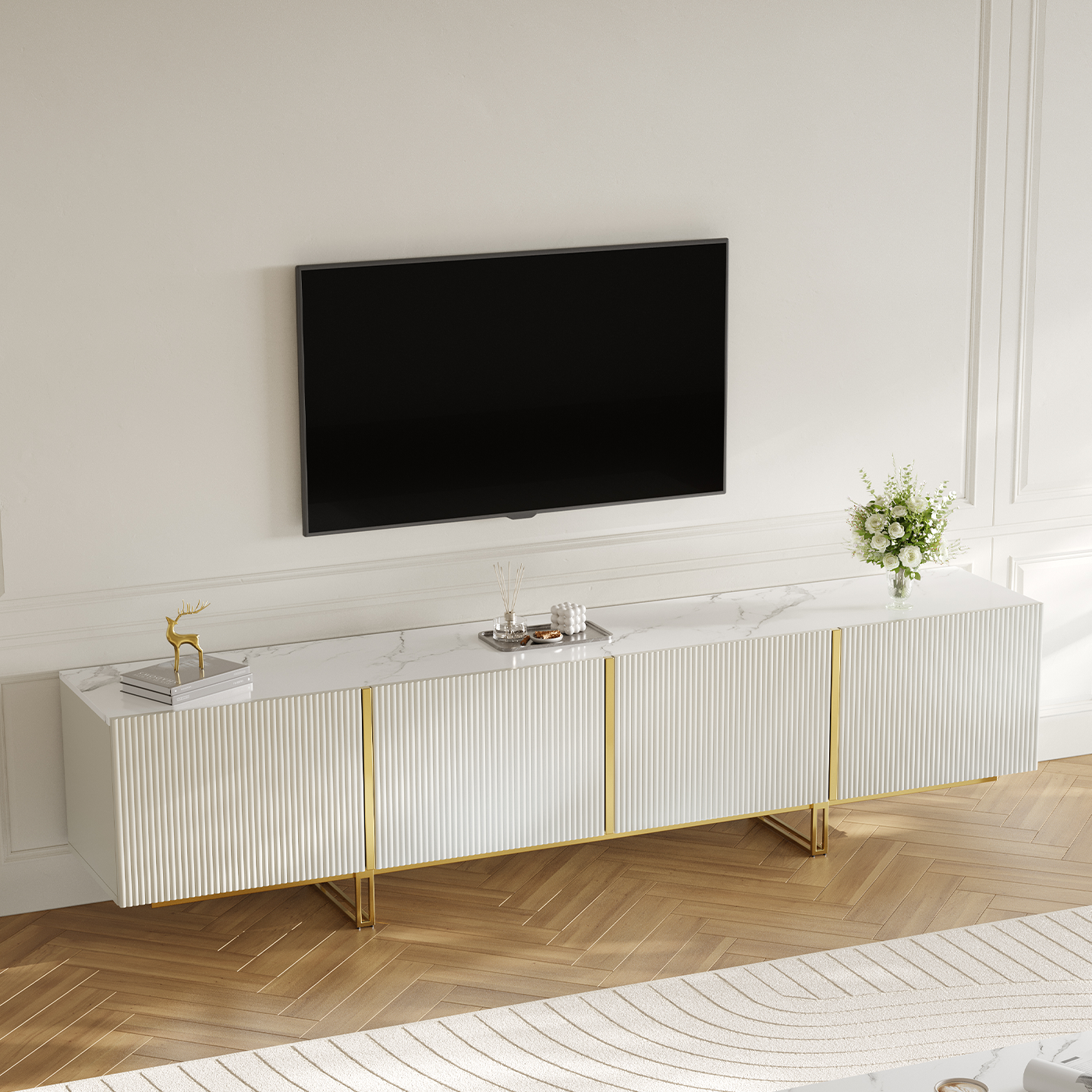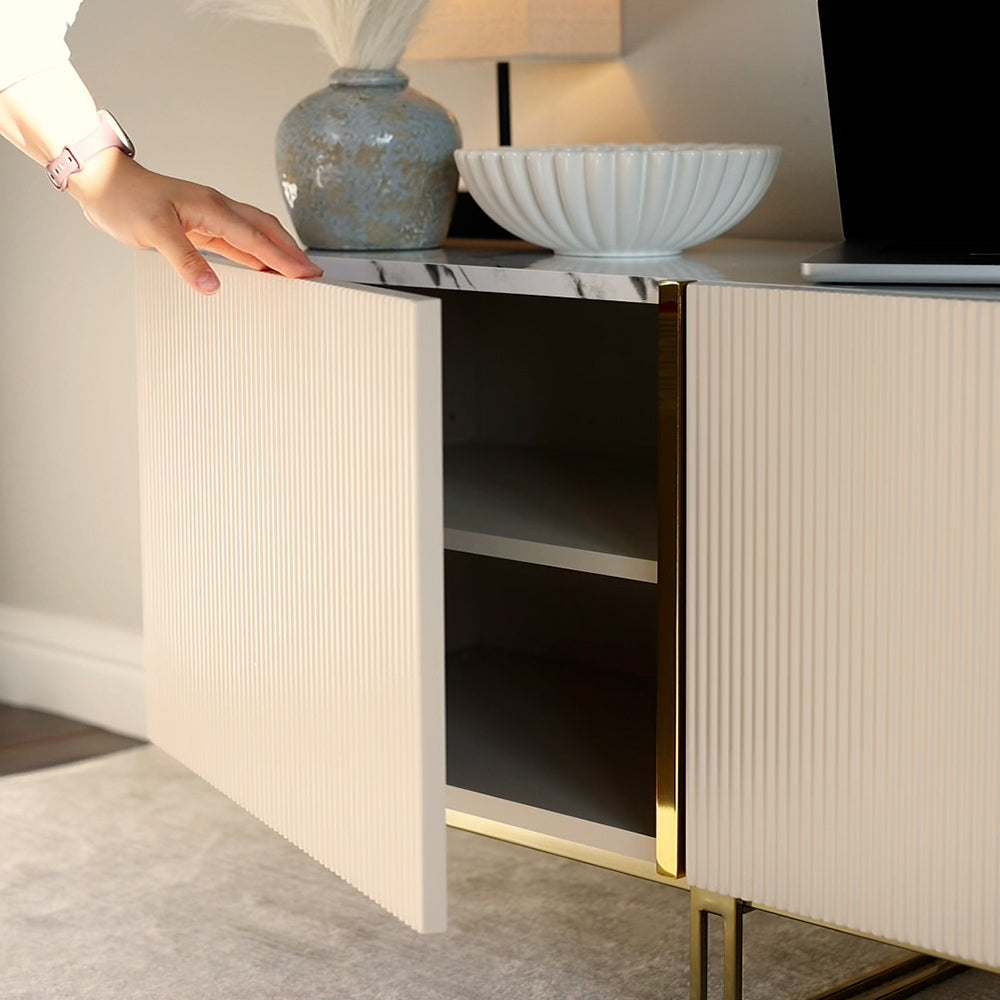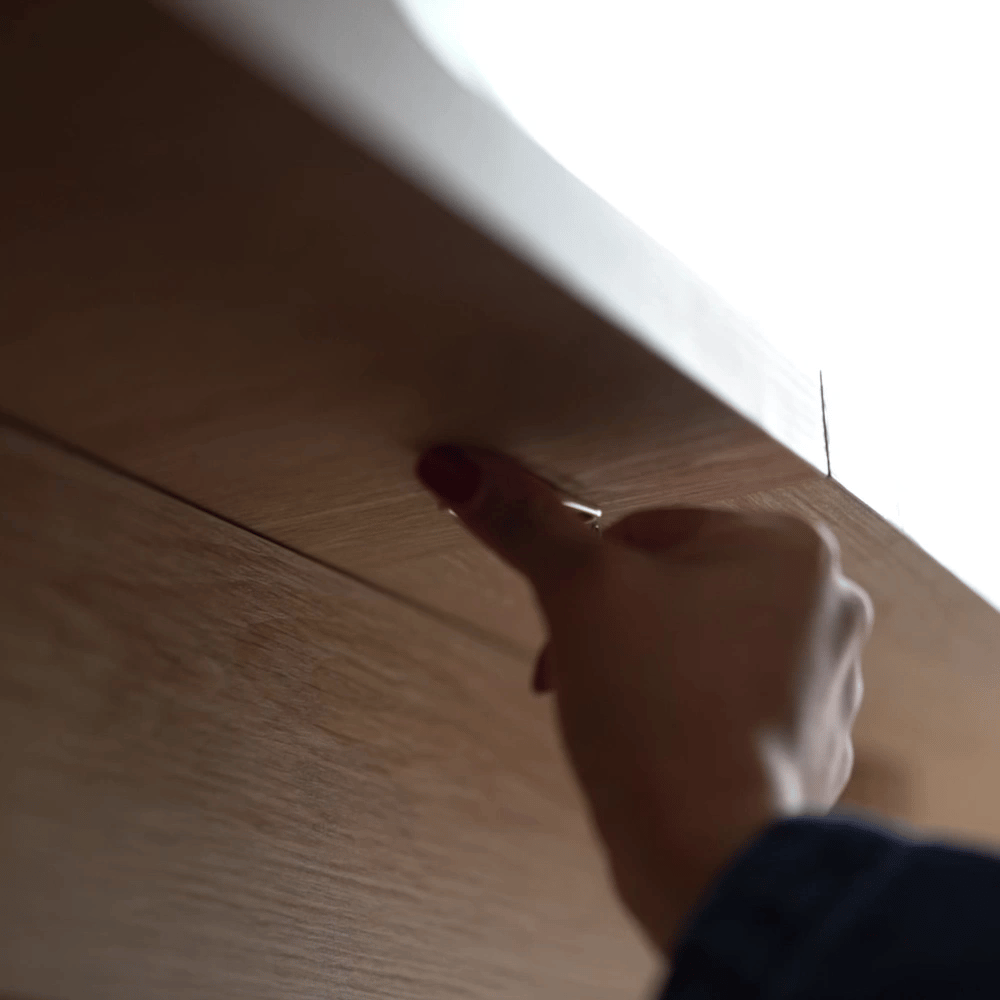When shopping for a sofa, you might come across terms like "sinuous springs" in product descriptions. Understanding what this means can help you make an informed decision about comfort, durability, and overall value. Sinuous springs, also known as serpentine springs, are a common type of support system found in sofas. But what exactly are they, and why are they important? In this article, we’ll break down everything you need to know about sinuous springs in sofas, from their design and benefits to how they compare to other support systems.
Table of Content
What Are Sinuous Springs?

Sinuous springs are a type of seating support system used in sofas and other upholstered furniture. These springs are made of heavy-gauge steel wires bent into an S-shaped (or serpentine) pattern, which explains their name. The springs are attached to the sofa frame horizontally, running from the front to the back of the seating area.
Each spring is secured to the frame with metal clips or screws, and additional support is provided by metal or plastic ties that run across the springs to keep them evenly spaced. This setup allows the springs to provide a consistent level of support and bounce across the entire seat.
How Do Sinuous Springs Work?
The S-shape of the springs allows them to flex and return to their original position when weight is applied and released. When you sit on a sofa with sinuous springs, they compress slightly to absorb the weight, creating a comfortable and supportive seating experience.
These springs are designed to:
- Distribute Weight Evenly:
Prevent sagging or uneven seating over time.
- Provide Firm Support:
Offer a balance between softness and structure.
- Enhance Durability:
Maintain their shape and functionality with proper construction.
Benefits of Sinuous Springs
Sinuous springs are popular for several reasons:
1. Comfort
Sinuous springs provide firm yet flexible support, which many people find comfortable. They offer consistent cushioning across the seat, making them suitable for various sitting positions.
2. Durability
When made from high-quality steel, sinuous springs are highly durable and resistant to deformation. With proper care, sofas with sinuous springs can last for years without sagging.
3. Affordability
Compared to other support systems, sinuous springs are often more cost-effective. This makes them a popular choice for mid-range furniture that balances quality and price.
4. Lightweight Design
Sinuous springs are less bulky than some alternatives, making sofas lighter and easier to move.
5. Low Maintenance
Unlike coil springs, which may require adjustments or tightening over time, sinuous springs are generally low maintenance.
Drawbacks of Sinuous Springs
While sinuous springs have many advantages, there are a few potential downsides:
1. Firmness
Some people may find sinuous springs too firm, especially if they prefer a softer seating experience.
2. Limited Cushioning
The comfort of a sinuous spring sofa depends heavily on the quality and thickness of the cushioning above the springs. Poor-quality cushions can make the sofa feel less comfortable.
3. Durability in Low-Quality Models
Sofas with poorly constructed sinuous springs or inferior steel can sag or lose support over time.
Sinuous Springs vs. Other Support Systems
When comparing sinuous springs to other sofa support systems, here’s how they stack up:
Sinuous Springs vs. 8-Way Hand-Tied Springs
- 8-Way Hand-Tied Springs: These are often considered the gold standard for sofa construction. They consist of individual coil springs tied together in eight directions to create an even and flexible seating surface.
- Comparison: 8-way hand-tied springs are more luxurious but also significantly more expensive. Sinuous springs are more common in mid-range sofas and provide excellent support at a lower cost.
Sinuous Springs vs. Webbing
- Webbing: This is a less expensive support system made from elastic or synthetic straps woven across the sofa frame.
- Comparison: Sinuous springs are more durable and supportive than webbing, which can lose elasticity and sag over time.
Sinuous Springs vs. Pocketed Coils
- Pocketed Coils: Found in some sofas, these are individual coils wrapped in fabric and arranged across the seating area.
- Comparison: Pocketed coils offer more individualized support and can be softer, while sinuous springs are firmer and more uniform in feel.

How to Identify High-Quality Sinuous Springs
If you're considering a sofa with sinuous springs, here are some tips for ensuring quality:
1. Gauge of the Steel:
Look for heavy-gauge steel springs, as they are more durable and less likely to sag.
2. Spacing:
Springs should be evenly spaced and securely fastened to the frame.
3. Frame Quality:
A sturdy hardwood frame complements the durability of sinuous springs. Avoid sofas with flimsy or softwood frames.
4. Cushioning:
Ensure the sofa has high-quality foam or padding above the springs for optimal comfort.
Maintenance Tips for Sinuous Springs
To keep your sinuous spring sofa in great shape:
- Avoid Overloading:
Excess weight can strain the springs and frame.
- Rotate Cushions:
Regularly flipping and rotating cushions prevents uneven wear.
- Check for Loose Springs:
If you notice sagging, inspect the springs for damage or loose attachments.
Who Should Choose a Sofa With Sinuous Springs?
Sofas with sinuous springs are ideal for:
- Individuals looking for a balance of comfort, durability, and affordability.
- Families or households that need a sturdy, low-maintenance option.
- People who prefer firmer seating over soft, plush cushions.
Conclusion
Sinuous springs are a reliable and cost-effective support system used in many sofas today. Their combination of comfort, durability, and affordability makes them a popular choice for both homeowners and furniture manufacturers. While they may not match the luxury of 8-way hand-tied springs, sinuous springs offer excellent value and performance for most seating needs.
When shopping for a sofa, consider the quality of the springs, frame, and cushioning to ensure you’re investing in a piece of furniture that will provide years of comfort and style.
If you want to buy our home furniture or couch for living room, you can check out more on our store


